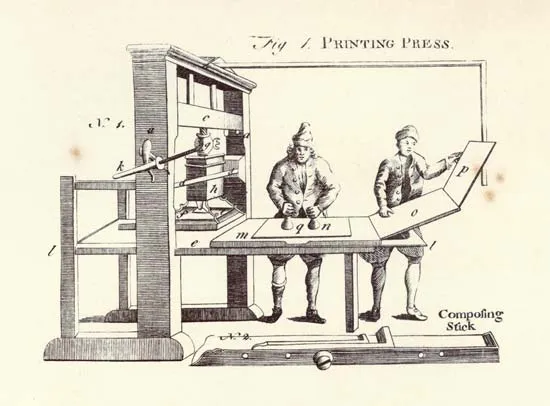From Town Crier to Tweet Deck: How Copywriting Conquered the Digital Age (and How We Can Help You Do the Same)
- Nicole Kiran
- Apr 14, 2024
- 2 min read
Have you ever stopped to think about the invisible army of words constantly trying to win you over? From the product descriptions whispering promises on a shelf to the captivating headlines that lure you into clicking online, copywriting is everywhere. But how did this persuasive language craft evolve from its humble beginnings to the dynamic digital world we navigate today? Buckle up, because we're taking a whirlwind tour through the history of copywriting!
In the Ink-Stained Days of Yore:
Our story starts way back when, with the invention of the printing press in the 15th century. Suddenly, information wasn't confined to the memories of town criers. Flyers and posters emerged, touting the latest wares with bold declarations and simple, informative language. Think "Fresh bread every morning!" or "The finest swords this side of the Mississippi!"
Fast forward a few centuries, and newspapers became the battleground for advertisers. Here, copywriting started flexing its creative muscles. Punchy headlines and informative text aimed to grab attention and convince readers why they needed that newfangled washing machine or the latest literary masterpiece.
The Mid-20th Century: The Golden Age of Persuasion
The arrival of television and radio introduced a new dimension to copywriting. Scripts became mini-stories, weaving emotions and humor into product pitches. Think of the iconic Marlboro Man or the jingle that gets stuck in your head for days (we're all looking at you, Mr. Clean!). Print advertising also evolved, incorporating captivating visuals alongside persuasive text. Think "Mad Men" with a healthy dose of catchy slogans.
The Digital Revolution: A New Frontier for Words
The internet's arrival changed everything. Websites became virtual storefronts, and copywriting had to adapt to a new kind of reading experience. Concise website copy, engaging social media posts, and email marketing campaigns all became essential tools in the copywriter's arsenal. Search Engine Optimization (SEO) became a new language, ensuring the right words reached the right people at the right time.
So, What Does This Mean for You Today?
The core of copywriting remains the same: using words to connect with an audience and influence their behavior. But the digital age demands a more nuanced approach. We need to be clear, concise, and engaging, all while keeping an eye on that ever-important SEO.
So, whether you're a seasoned business owner or just starting out, remember the magic of words. They can inform, educate, and most importantly, connect. Let's write your story together, one click, like, and share at a time!


Comments